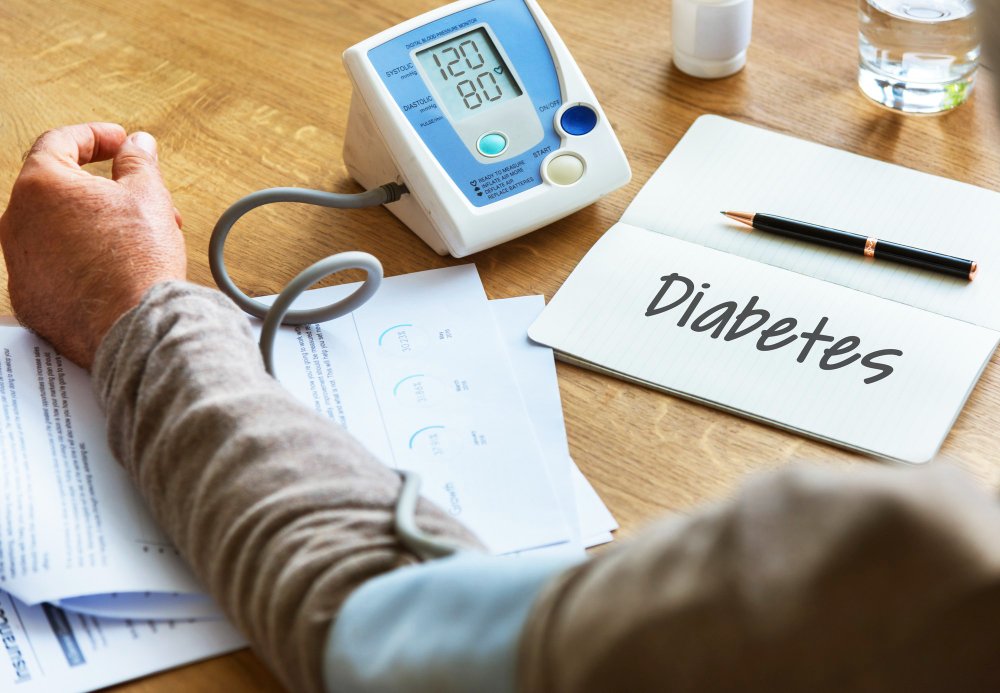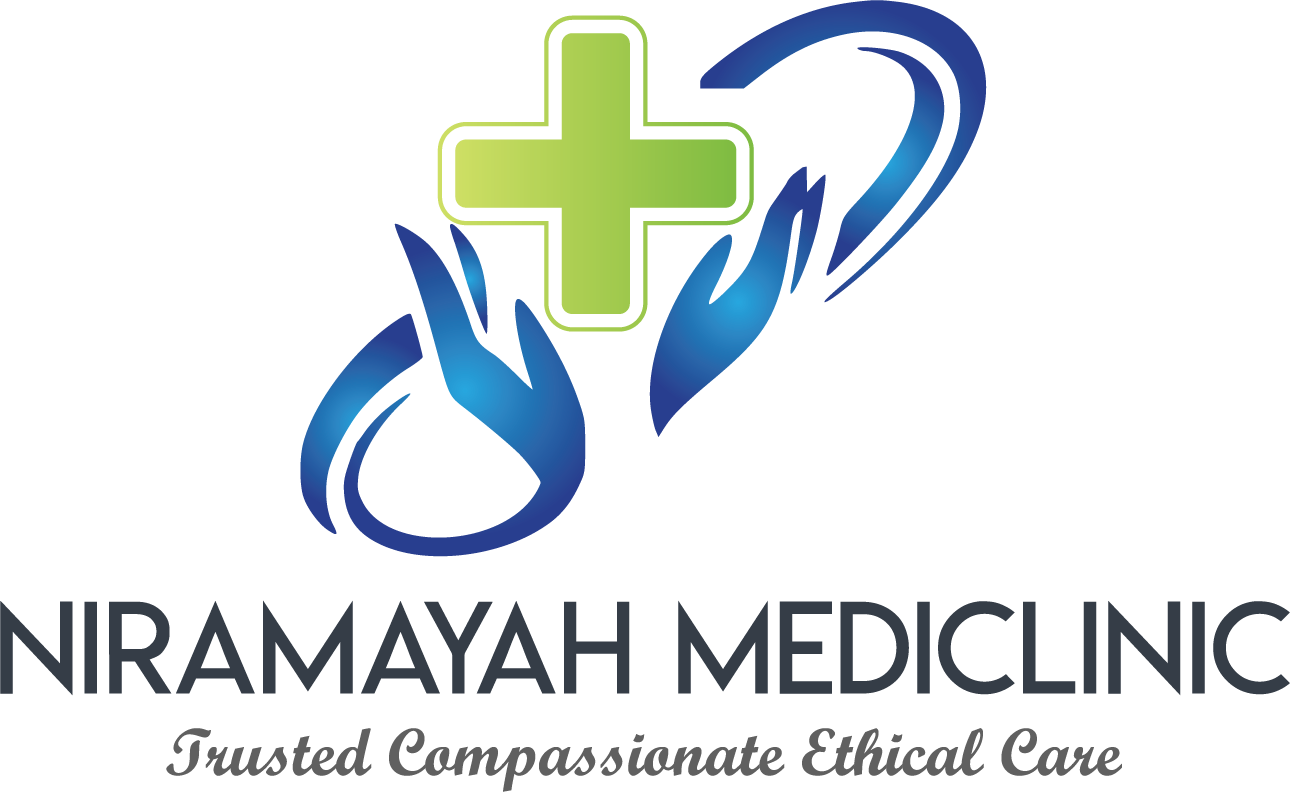What is Type 2 Diabetes?
Type 2 diabetes is a long-term health condition. It affects how your body uses sugar, also called glucose. In this condition, your body either does not make enough insulin or cannot use it well. Insulin is a hormone that helps move sugar from your blood into your cells for energy. Because of this problem, sugar builds up in your blood. Over time, high blood sugar can harm your heart, eyes, kidneys, and nerves. According to the CDC, type 2 diabetes is the most common form of diabetes worldwide.
Common Symptoms
Many people with type 2 diabetes do not notice symptoms at first. However, some signs can appear over time. Early detection is important. Therefore, watch for these common symptoms:
Feeling very thirsty often
Needing to urinate more than usual
Feeling very hungry, even after eating
Unexplained weight loss
Feeling tired or weak
Blurred vision
Slow healing of cuts or wounds
Frequent infections, such as skin or gum infections
If you notice these symptoms, it is wise to talk to your doctor. Early treatment can help prevent serious problems.
Causes and Risk Factors
Type 2 diabetes develops when your body cannot use insulin well. As a result, blood sugar levels rise. Several factors can increase your risk. For example, you are more likely to get type 2 diabetes if you:
Are overweight or obese
Are over age 45
Have a family history of diabetes
Are not physically active
Have high blood pressure or high cholesterol
Had diabetes during pregnancy (gestational diabetes)
Belong to certain ethnic groups, such as African American, Hispanic, Asian, or Native American
Even though you cannot change some risk factors, you can lower your risk by making healthy choices.
Diagnosis Methods
Doctors use simple blood tests to diagnose type 2 diabetes. These tests measure your blood sugar levels. Common tests include:
Fasting blood sugar test: Measures blood sugar after not eating for at least 8 hours.
A1C test: Shows your average blood sugar over the past 2–3 months.
Oral glucose tolerance test: Measures blood sugar before and after drinking a sweet liquid.
If your test results are high, your doctor may repeat the tests to confirm the diagnosis. Early diagnosis helps you start treatment sooner.
Treatment Options
Managing type 2 diabetes involves several steps. Your doctor will create a plan that fits your needs. Common treatment options include:
Healthy eating and portion control
Regular physical activity, such as walking or swimming
Weight loss, if needed
Blood sugar monitoring at home
Medicines to lower blood sugar, such as metformin
Insulin injections, if other treatments do not work
With the right plan, many people can control their blood sugar and avoid complications.
Lifestyle and Dietary Guidance
Making healthy lifestyle choices is key for type 2 diabetes management. For example, you can:
Eat more fruits, vegetables, and whole grains
Choose lean proteins, like chicken or fish
Limit foods high in sugar, salt, and unhealthy fats
Drink water instead of sugary drinks
Stay active most days of the week
Get enough sleep each night
Manage stress with relaxation techniques
In some regions, local foods may be high in sugar or fat. Therefore, try to choose healthier options when possible. Ask your healthcare provider for advice that fits your culture and location.
Prevention Tips
Although some risk factors for type 2 diabetes cannot be changed, you can still reduce your chances of developing it. Here are some prevention tips:
Maintain a healthy weight
Be physically active every day
Eat a balanced diet with plenty of fiber
Limit processed and sugary foods
Have regular check-ups with your doctor
Monitor your blood pressure and cholesterol
By following these steps, you can protect your health and reduce your risk.
Remember, type 2 diabetes is a serious but manageable condition. For personalized advice on managing or preventing type 2 diabetes, consult a healthcare professional at Niramayah Mediclinic.


